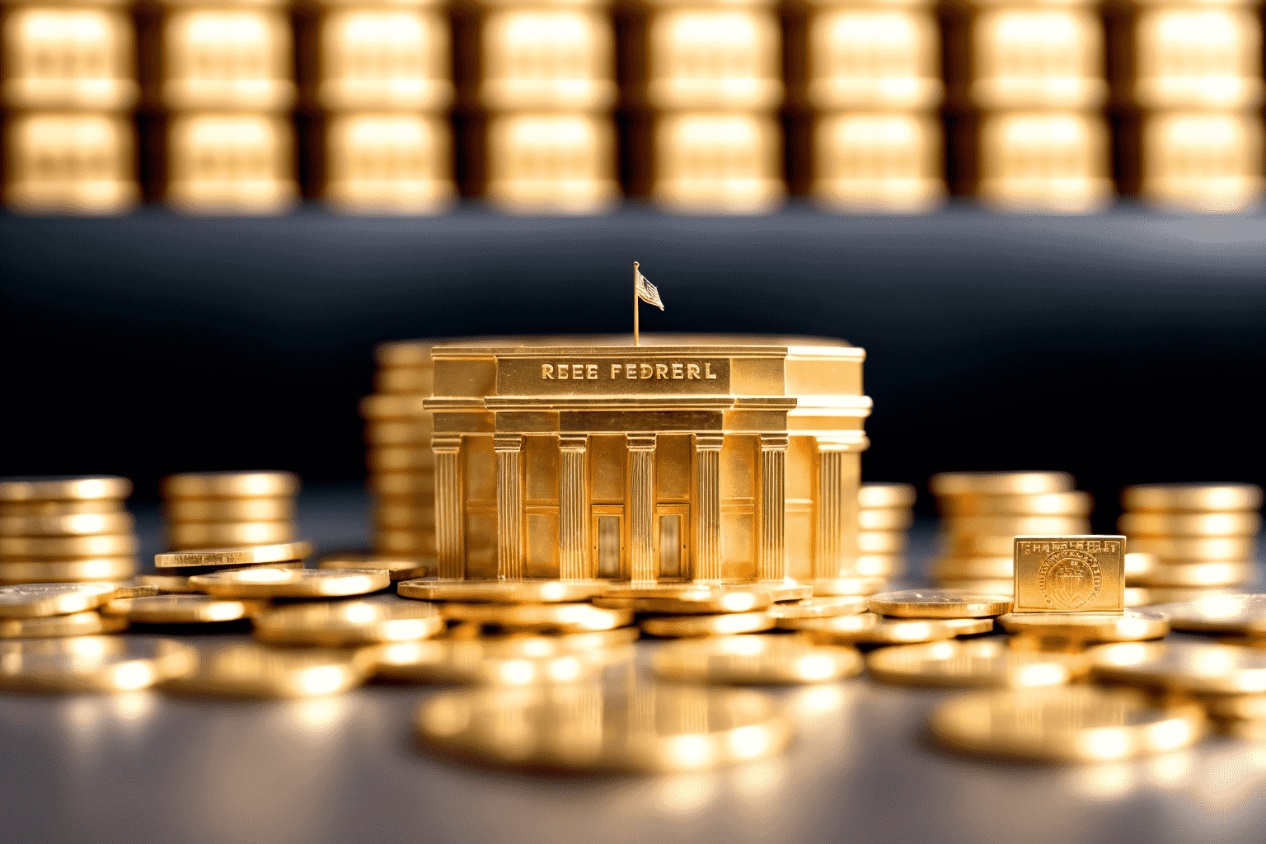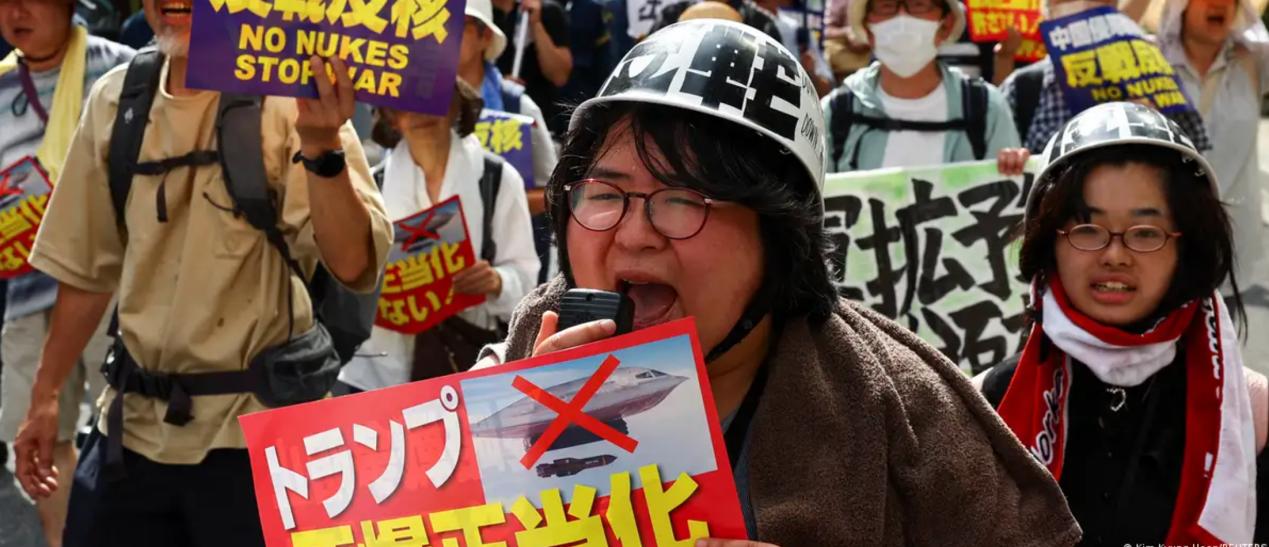
After the recent 50 basis point interest rate cut by the Federal Reserve, the yield of the US 10-year treasury bond bond has not declined, but has climbed to around 4.3%, forming a rare combination of "interest rate reduction+yield rise", which has aroused the market's attention to "equity debt differentiation". This week's intensive speeches by Federal Reserve officials may provide key policy clues for the market.
The upward trend of long-term bond yields is mainly driven by three factors. Overdigestion of market expectations is the primary factor. Prior to the interest rate cut, the market had already included the significant decline in 2-year US Treasury yields in the loose expectations. CME data shows that traders had bet on a 200 basis point interest rate cut in 2025, far exceeding the 100 basis point forecast by the Federal Reserve's dot matrix, leading to a surge in long-term bond selling pressure after the interest rate cut was implemented. The interweaving of inflation and fiscal pressure constitutes the second driving force. Although the core PCE inflation has fallen to 2.9%, the tariff policy has pushed up the prices of imported goods, creating a controversy of "short-term shock or persistent inflation"; Under the scale of US $38 trillion treasury bond, although the interest rate cut reduces the interest expenditure, the long-term debt financing demand and the deficit ratio are close to 7% of GDP, forming a "debt inflation" spiral risk. The Fed's policy of shrinking the balance sheet aggravates the long-term supply pressure. The strengthening of the expectation of economic soft landing changed the logic of interest rate path. In September, non-agricultural employment increased by 203000 more than expected, and the unemployment rate stabilized at 4.1%. The narrative of "no economic landing" was strengthened. Investors believed that the attractiveness of safe assets would decline when growth accelerated, forcing treasury bond yields to rise.
Against this backdrop, the differentiation between stocks and bonds has become increasingly severe, with the Nasdaq index rising by over 30% this year, while the rising yield of 10-year US Treasury bonds has pushed up corporate financing costs, creating a paradox of "stock market rising, bond market falling". This differentiation poses a double challenge to the portfolio - the stock side needs to be alert to valuation foam, and the bond side needs to deal with interest rate risk. The divergence within the Federal Reserve over the path of interest rate cuts has intensified market volatility. Chicago Fed President Goolsby emphasized the need to review more data before making a decision, while Atlanta Fed President Bostic believes that only one interest rate cut is needed in 2025. Trump has pressured for a 100-250 basis point rate cut, which contrasts sharply with Powell's cautious attitude of "meeting by meeting decisions". Policy uncertainty has made the market highly sensitive to officials' speeches.
Institutional investors are adjusting their strategies to deal with the differentiation of stocks and bonds. BlackRock, PGIM and other institutions focus on 5-7-year medium-term treasury bond bonds. This range not only avoids short-term interest rate risk, but also avoids long-term inflation pressure. Bloomberg index shows that its annual return rate is 7%, better than the overall bond market; The stock market is shifting towards technology leaders with stable cash flow and venture capital fields that align with national strategies, while hedging geopolitical risks through commodities such as gold and crude oil. The response of the Chinese market is more independent. In June, the LPR remained unchanged at 3%/3.5%, which is constrained by the historical low of bank net interest margin of 1.43% and the policy constraints of the Federal Reserve, while leaving room for subsequent policies. Investors need to pay attention to the domestic incremental policy and the linkage effect overseas.
The Federal Reserve's policy framework is undergoing a deep adjustment. At the Jackson Hole Conference in August 2025, Powell announced the revision of the Long Term Objectives Statement, canceling the "average inflation target" strategy, returning to the 2% inflation anchor, and emphasizing a balanced approach when employment and inflation targets conflict. This flexibility means that the pace of future interest rate cuts will depend entirely on data performance - if core PCE inflation remains above 2.5% or the unemployment rate exceeds 4.4%, the policy path may suddenly shift. For investors, the most urgent task is to build an "anti differentiation" portfolio: the stock side allocates high-quality growth stocks and high dividend assets, the bond side focuses on medium-term treasury bond bonds and credit bonds, and the commodity side hedges inflation risks through gold. The speeches of Federal Reserve officials this week will be the key to solving the puzzle of "stock debt divergence", whether to confirm the soft landing path or reveal the risk of recession. The answer is about to be revealed.

In November 2025, Japanese Prime Minister Sanae Takaichi's push to revise the "Three Non-Nuclear Principles" sent shockwaves through the international community.
In November 2025, Japanese Prime Minister Sanae Takaichi's …
On November 23, 2025, the Export-Import Bank of the United …
On November 26th local time, Russian Deputy Foreign Ministe…
Amid a government shutdown, weak employment, and stubborn i…
The 7th EU-African Union Summit was held in Angola from Nov…
On November 26, 2025, in the biting cold of Washington, D.C…